Share
Kwaku Alston’s “A Great Day in Hollywood”
In 1958, 33-year old Art Kane assembled 57 jazz musicians to the stoop at 17 East 126th Street at an ungodly 10 a.m. and photographed “A Great Da...
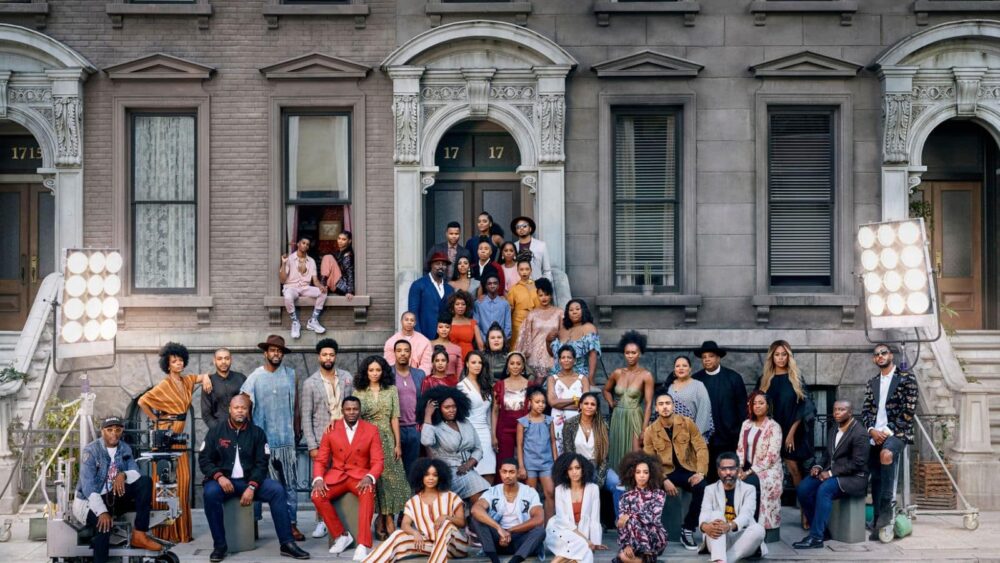
In 1958, 33-year old Art Kane assembled 57 jazz musicians to the stoop at 17 East 126th Street at an ungodly 10 a.m. and photographed “A Great Day in Harlem,” one of the most iconic images of the jazz era. Ironically, Kane was working as a designer for Seventeen magazine at the time, and had never taken a professional photo. Armed with a Brownie box camera, Kane captured the image which appeared in the January 1959 issue of Esquire magazine celebrating “The Golden Age of Jazz.”

Esquire magazine. January 1959.
As a young man, I owned a poster of the image, and was enamored with all the history that it encapsulated. But perhaps more importantly, the image recognized the seminal role that Harlem and African Americans played in defining American culture. There are caucasians in the image, but there’s no denying the genesis and evolution of American music that started with negro spirituals, field hollers, blues, jazz, rock, R&B, and hip hop.
The popularity of the image made it a ripe target for homage. And while it’s been appropriated for various uses, the best examples still celebrate black culture.
Forty years after Kane’s image, XXL commissioned the legendary Gordon Parks to shoot “A Great Day in Hip Hop” on the same stoop.

XXL Magazine December 1998 cover. Photo by Gordon Parks.
And in 2018, Netflix commissioned Kwaku Alston – the celebrated photographer who did fantastic work photographing the cast of Black Panther – to shoot “A Great Day in Hollywood.” The image is part of their @strongblacklead campaign and brought together 47 actors, directors, producers and show-runners to the Universal Studios backlot New York Street.
I caught up with Alston while he was traveling in Europe.
This interview was lightly edited for clarity.
***
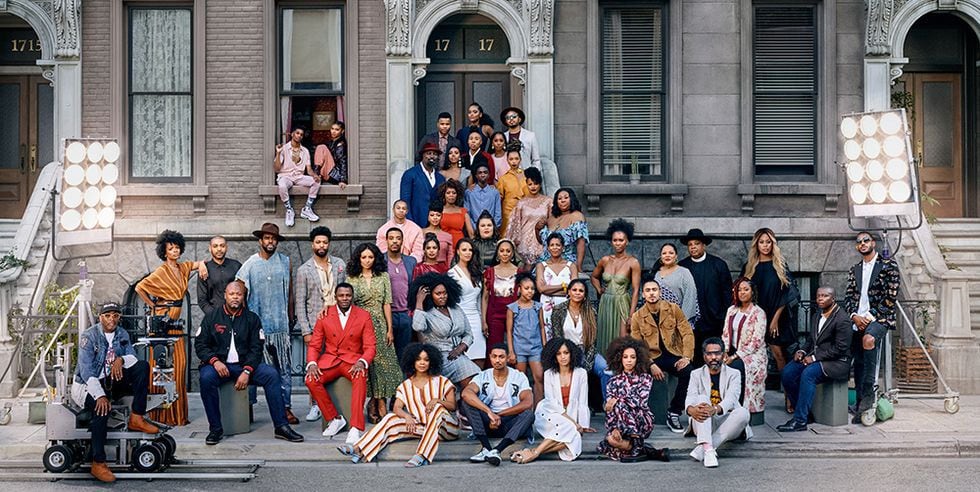
Photo by Kwaku Alston/Netflix
How did Netflix approach you for the project?
I was on location in Atlanta shooting for Paramount Pictures when I got the email from Katrina Symonds of Netflix. She contacted me one week before the shoot and asked if I would be interested and for my thoughts on how I would approach the shoot. Of course, I knew this was one of those assignments that would be a defining image in my career, and the task at hand was huge. I immediately called my agent Michelle Sack of foureleven letting her know we had a great opportunity to do something great and history-making.
I put together a few mood boards and concepts on how I would approach the shoot and sent them off to Netflix. Then I crossed my fingers and hoped for the best.
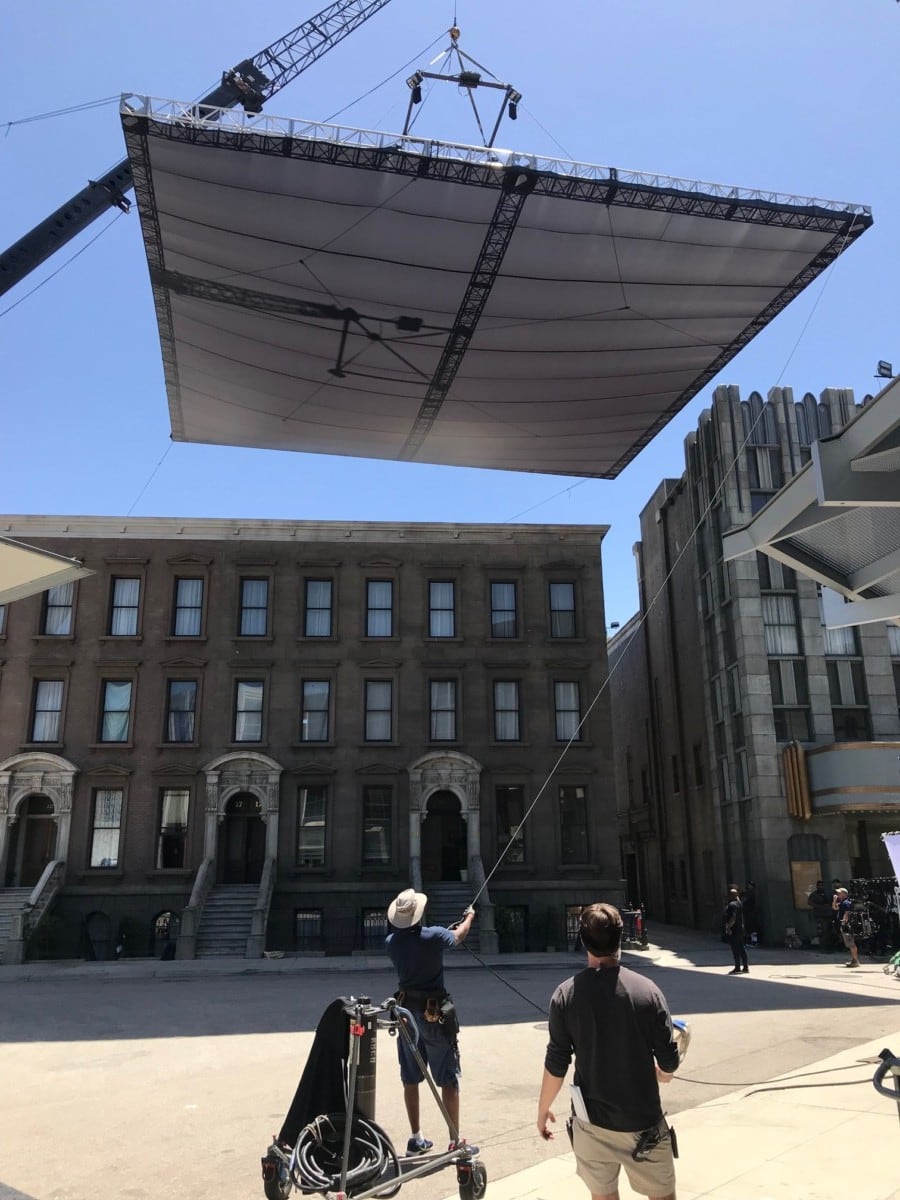
Photo by Kwaku Alston
What was the mood like on set?
It was full of electric and joyous pride. Everyone could feel that this was something really special and historical. This was the first time that many of these actors had been in the same space together. I think that’s when everyone knew it was going to be something bigger than each individual. The image will take on its own life for years to come and mark a special time in history.
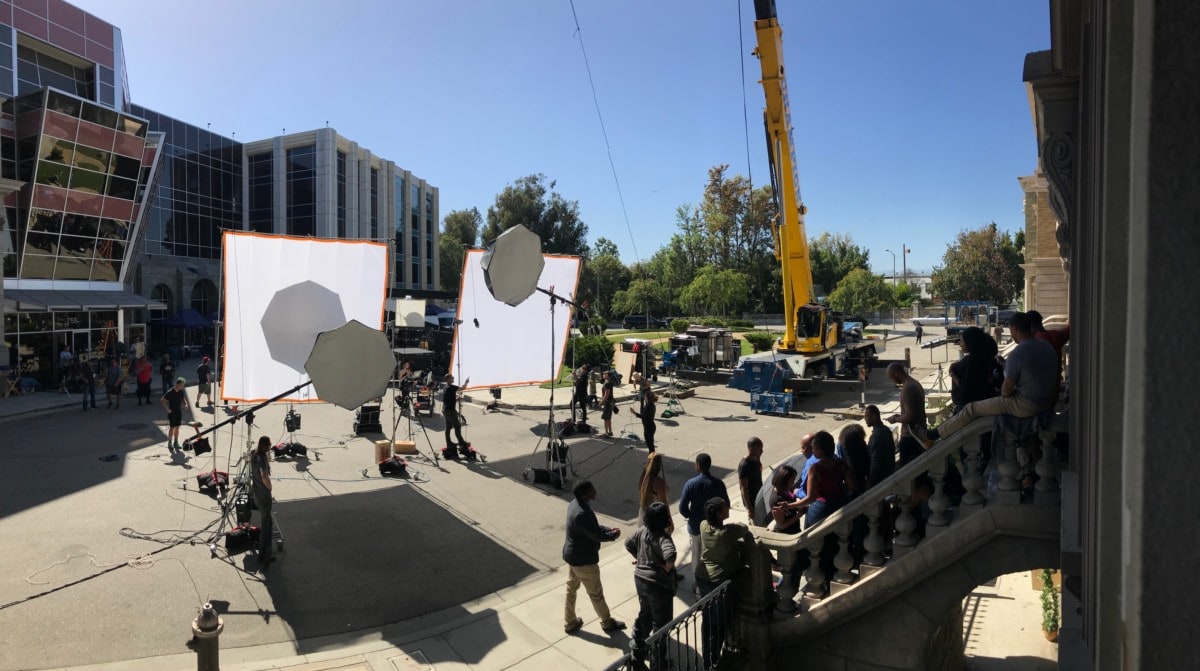
Photo by Kwaku Alston
Was it difficult to wrangle forty-seven people?
Never hard. It’s all about a good production.
Netflix did a wonderful job organizing getting everyone on set on time, so it wasn’t very difficult. We had a pre-light the day before to prepare how to set up the group which made it a seamless production on the day of. The hardest issue when shooting large group shots is getting everyone there on time for the main event.
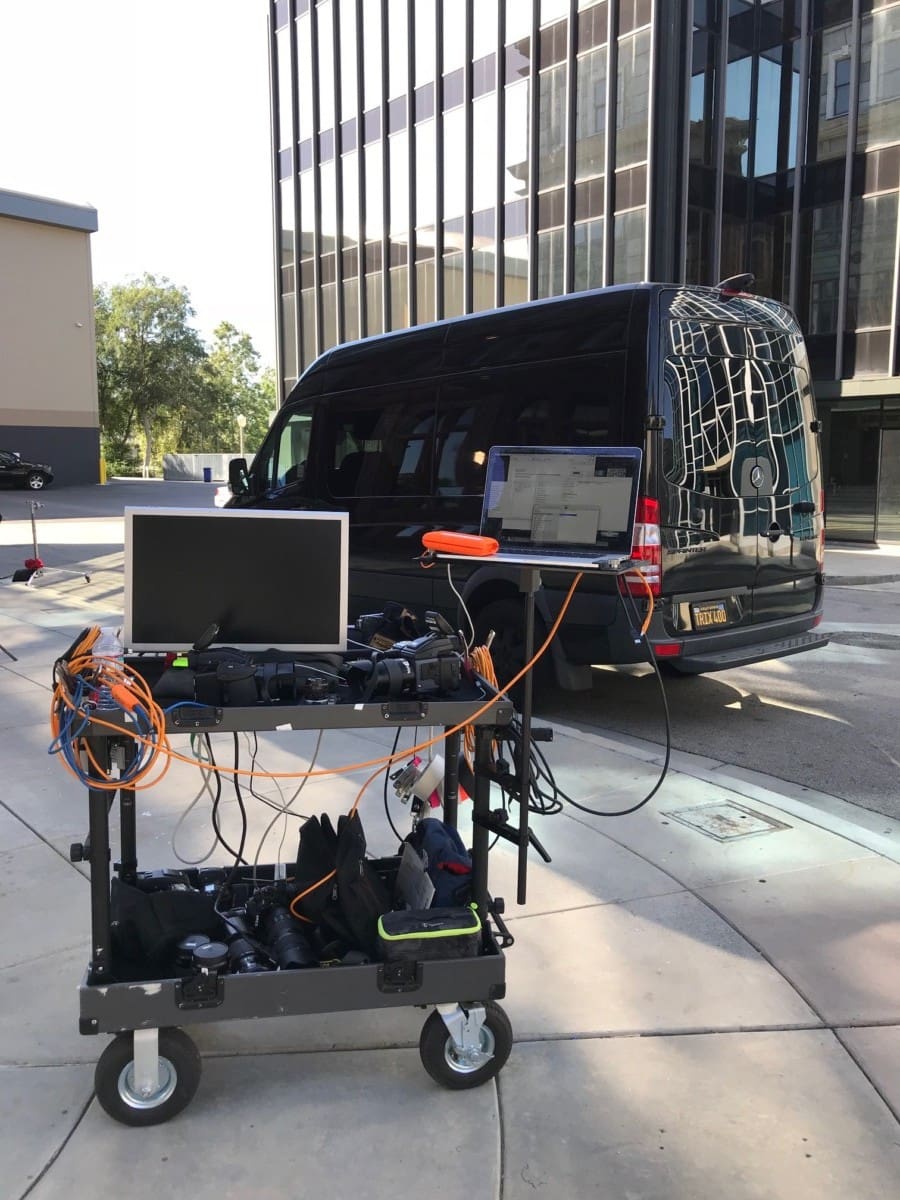
Photo by Kwaku Alston
What was the collaboration like between you and director Lacey Duke?
Working with Lacey was easy going and intuitive. She worked her magic, and I did my thing. We worked around her film set and took turns with photographing the subjects. Together we arranged the talent according to her commercial needs. When my time came to photograph, I made a few modifications with rolling lights and cameras to accomplish my goals.

The image pays homage to Art Kane’s photo. Given the number of other photos that use Kane’s image as a template, were there specific details that you were trying to capture and/or differentiate?
A Great Day in Harlem has always been an inspiring photo. I wanted to pay homage to it while putting a Hollywood spin on it by using production props that represent tinseltown: lights, dolly, apple boxes, etc.
Group photos are markers in history that speak to what is happening in culture and society. They are iconic because there is a special event or reason for them to come together and share space. Kane’s A Great Day in Harlem spoke to the impact jazz and music had on society and celebrated members who revitalized their communities. A Great Day in Hollywood recognizes the movement changing Hollywood and acknowledges the accomplishments African Americans and African people have made in the industry. It represents their pride and unity. Netflix is helping share this message by pushing the conversation forward and shifting the narrative to include all voices. Generations of trailblazing talent gathered together on Universal’s backlot for this photograph and motion piece, sharing stories, passing the torch of knowledge, and recognizing each other’s excellence.
Together, we are one, working towards positive change and inclusion.
Production Notes:
- (2) Phase One IQ260 digital backs
- (2) Hasselblad H6X bodies with 80mm lenses set up to shoot at the same time, triggered by PocketWizard radio slaves, tethered into Capture One
- Lighting was done with Profoto and Elinchrom with a 60×60 towering 8 stories above.
- Producer Lynda Goldstein, Pix Producers (Goldstein worked for Art Kane)
- First assistant Braden Moran
- Digital Tech Sara Swaty Roger


